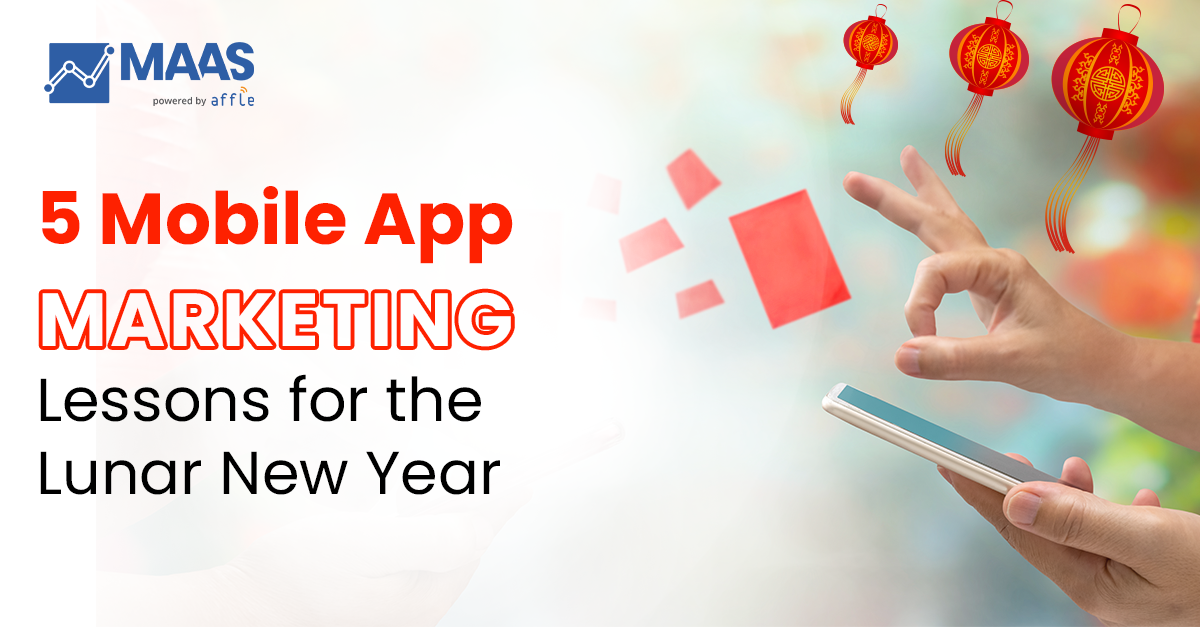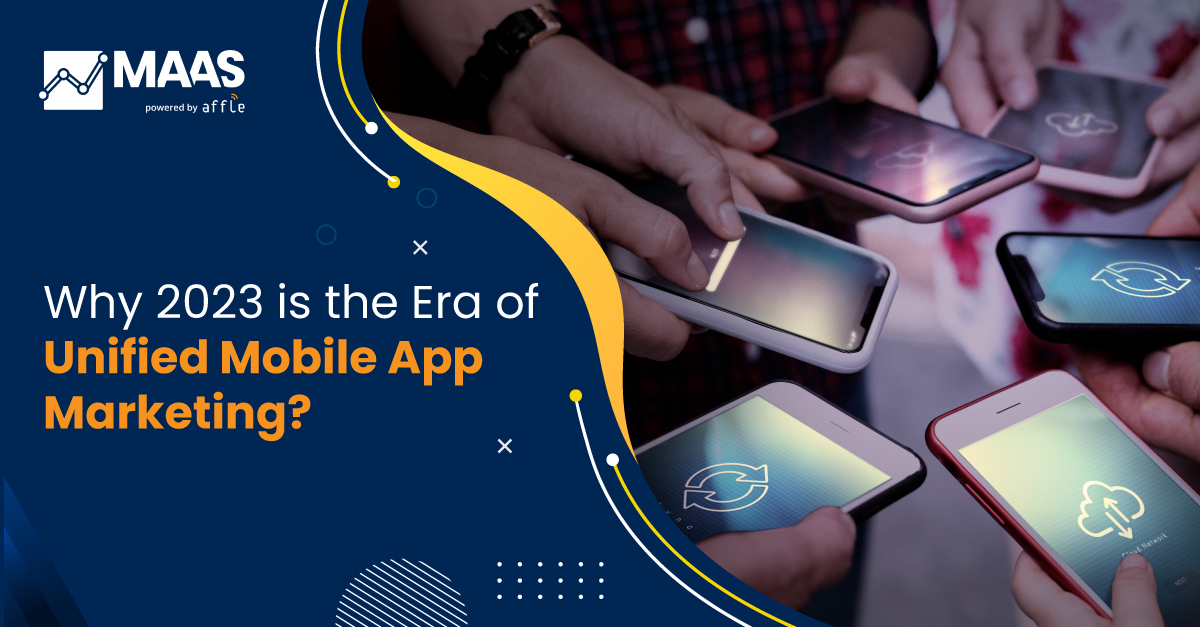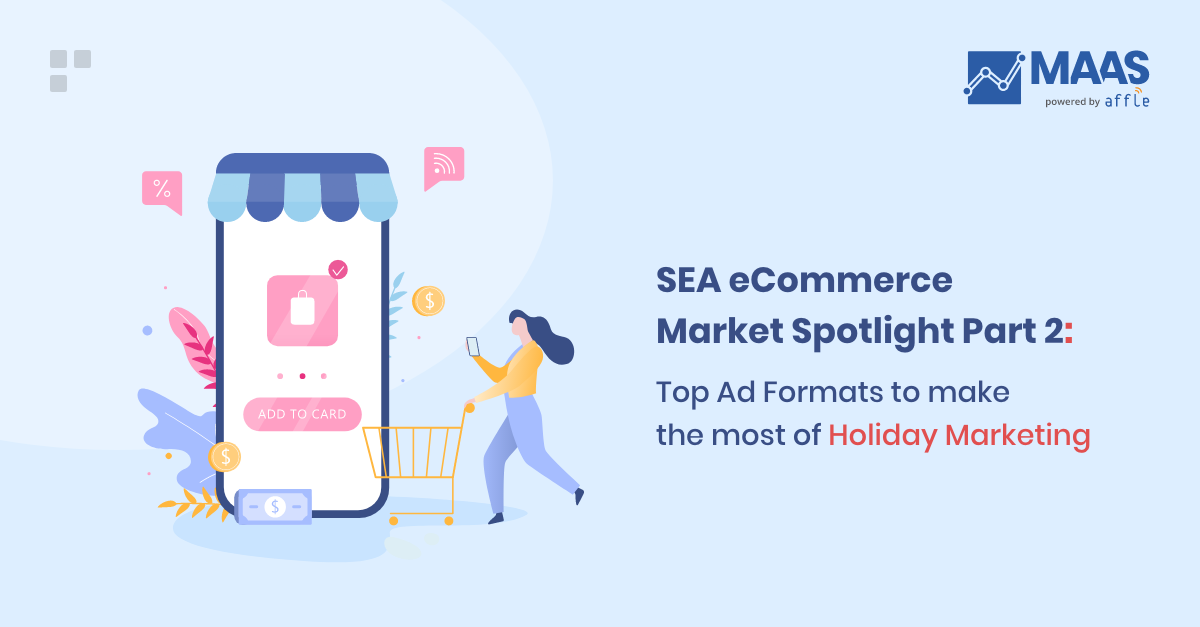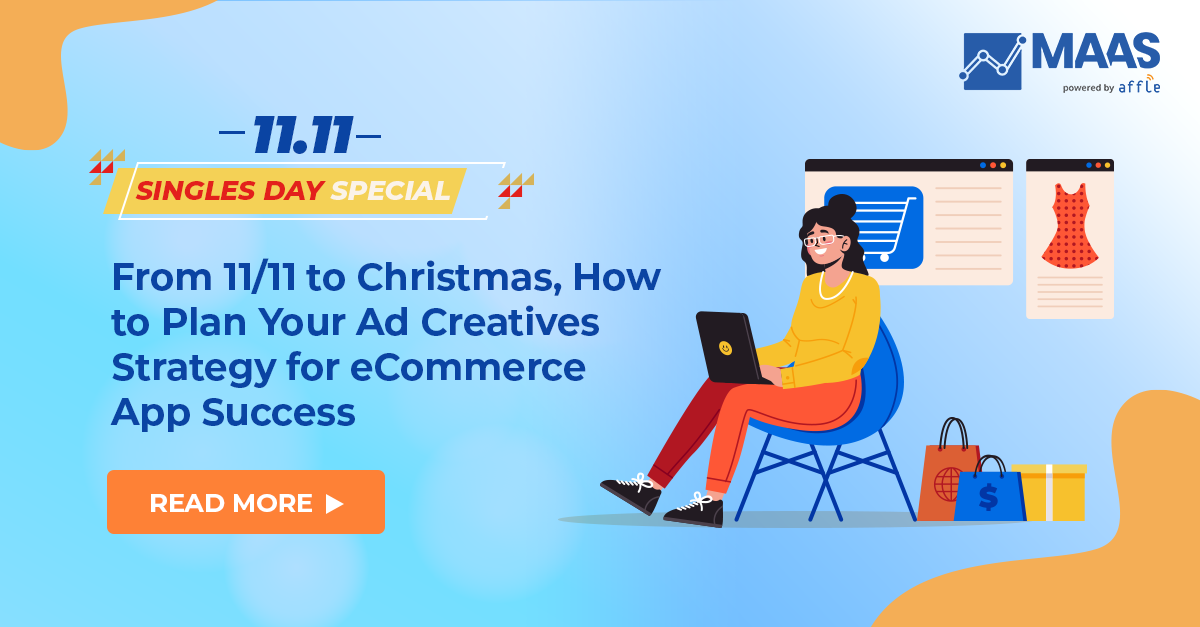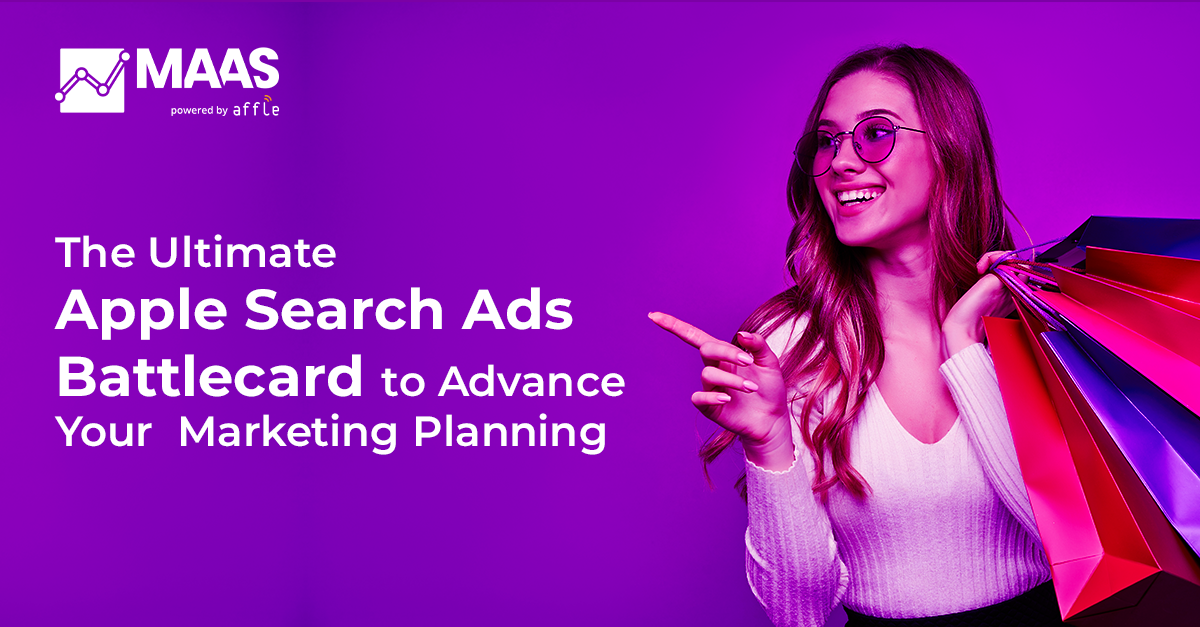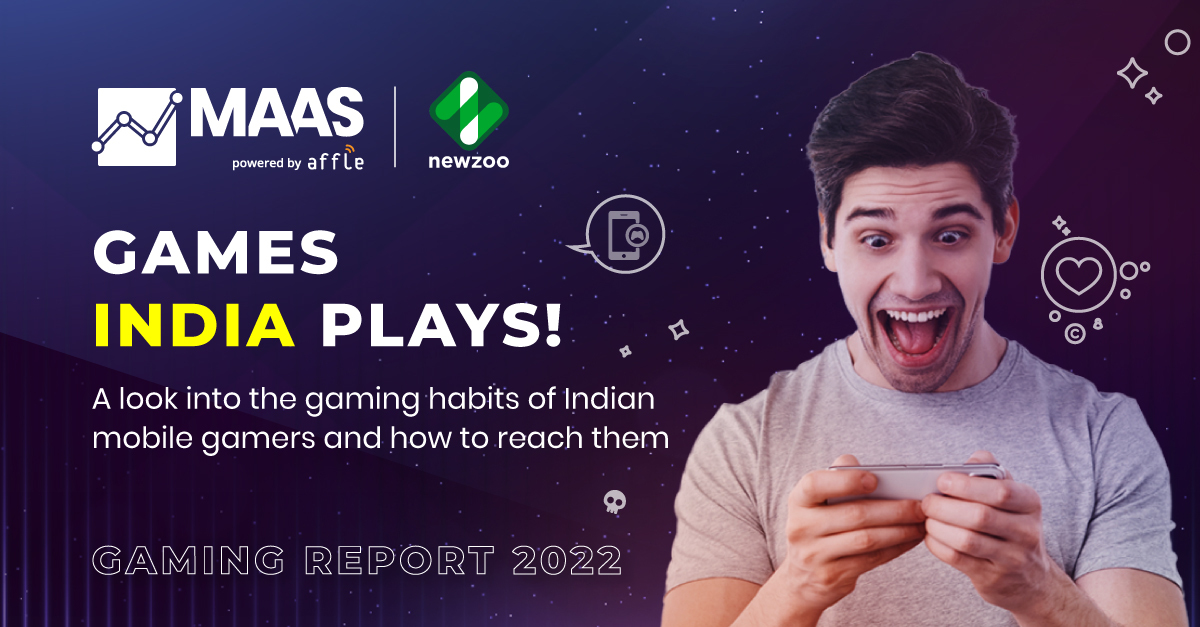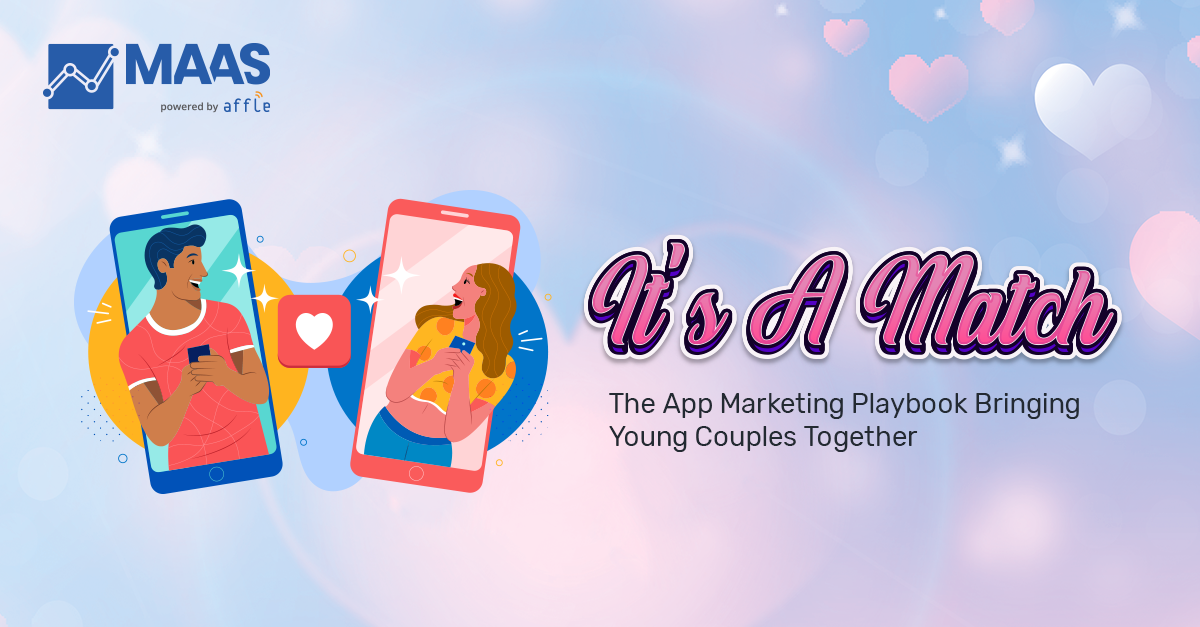The Mobile UA MAASterclass 1: Strategies for a Winning Growth Momentum
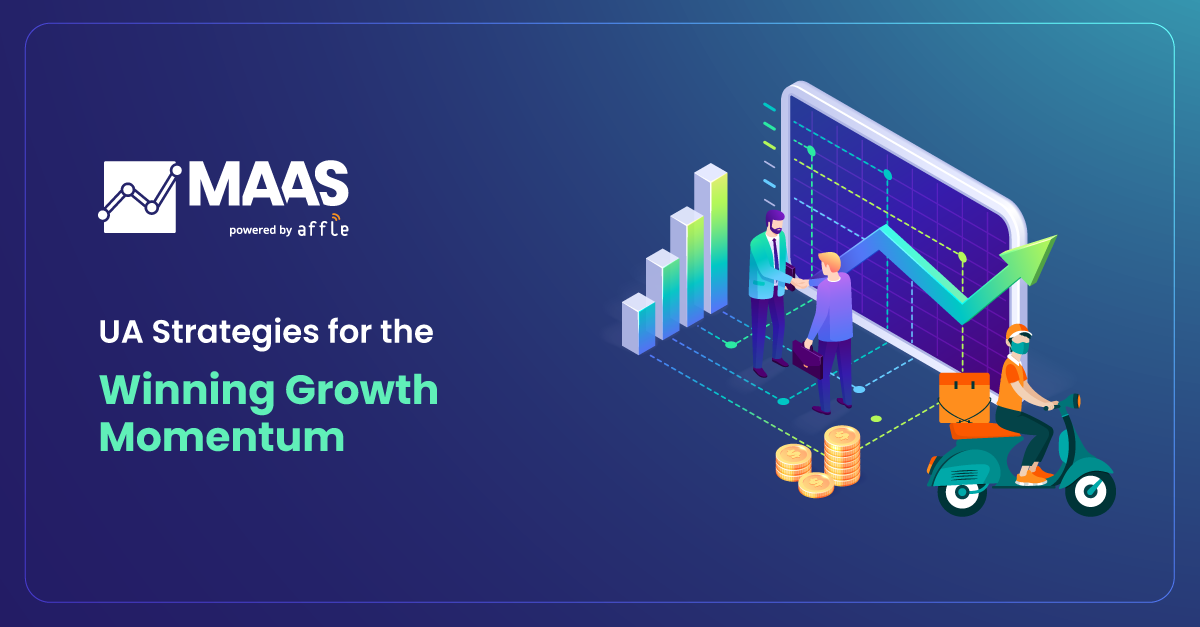
The recent Zomato IPO announcement created ripples in the app industry, with brands going all out to congratulate the food tech giant. While it’s a big win for not just Zomato but also for the vision of FoodTech space in India, it also drives home the need to have a strong holistic app user acquisition strategy that can propel an app to winning growth momentum. Team MAAS takes a look at the most popular user acquisition strategies – both organic and inorganic – to help propel your app to new heights and taste similar success.
Be a Buddy, Not a Business
An app’s marketing starts right from its launch phase. How you communicate and connect with your potential users sets the stage for brand-recall, app discoverability, and in turn the acquisition and retention. Creating a humane persona of the brand that makes it more relatable to the target audience is significant in driving app adoption. With so many apps competing against each other in every segment, pushing the product all the time alienates the user. Which is why creating a voice that is unique to your brand can help grow your business. Zomato’s Twitter handle is the perfect example of speaking to existing and prospective users in their own language. A funky brand persona, a clever and witty content strategy made Zomato a household name and established it as a brand that is fun to engage with.
Be Easily Discoverable
Google Play Store has roughly 2.56 million apps across different categories to choose from. Hence, the onus of making it easy to find your app lies on the app marketer. Techniques like ASO are a given when it comes to app discoverability on the mainstream app stores such as Apple and Google Play. Work with the right ad partners to connect with your audiences going beyond the mainstream app stores. Whether it is exploring a multi-channel approach to incorporate personalized push notifications, or building a discoverability campaign on OEM and native app store recommendations, understand from your ad partner which channels will deliver best. It is also sometimes possible that you will need to quickly jump from one channel to another based on the campaign performance and optimize for success. A unified platform can make this journey easy by bringing multiple acquisition channels on a single platform.
Marry Creatives and Data Science
Create ads that are potentially high recall. With data plans getting cheaper by the day and the internet getting faster, optimize creatives that are visually attractive. Create a small set of impactful creatives, constantly optimize them based on A/B testing to understand what is working and what is not. App marketers must keep in mind to not flood their prospects with a constant stream of ads. Have a well-spaced strategy in place and avoid showing ads to users who have already downloaded the app. Programmatic advertising is a great tool here for frequency capping and keeping creatives fresh through Dynamic Creative Optimization (DCO). Emojis, rich formats, and hyper-personalized send timing can increase the open rate for your ad campaigns. Short, snackable video ad content can also improve installation and retention rate by at least 4.8%. Another great way to convince the target audience to try your app is through influencer collaboration. Seeing favorite influencers using an app, often urges their followers to try it out for themselves. This also helps to reach new audience segments across multiple geographies.
Last But Not the Least – Hawk-Eye on KPIs
App marketers have several KPIs to consider before understanding if their app user acquisition strategy is a success or not. However, the problem of plenty can be overwhelming if the app is in its initial stages. While downloads/installs are a great way to understand if your app is scaling according to plan, campaign optimization and retention are also a must. Data insights matter the most when it comes to campaign optimization as you can know which levers to fine-tune your campaign performance towards. But it’s not just about gathering the data – it is equally important to know which data insights matter and when. Look at your KPIs and then evaluate your post-install metrics. Are you looking at retention such as Day 7, or Day 30 retention, are you looking at down-the-funnel events such as first purchase/first order? All these are the right questions to ask yourself and then work with your ad partner to know what strategies can be deployed. Take the example of Zomato – a personalized user retention approach, such as alerts on their favorite dish or restaurant offers, make it tempting for the user to come back to the app. You can read more here about some of the common misconceptions app marketers have about their KPIs and how to avoid them.
Zomato’s IPO announcement has only reinforced the idea that to become a user’s app, app marketers must focus on creating user-centric UA strategies. Personalization is the way: whether it’s tailoring the content, speaking their language, finding the right time to communicate with users, it all comes down to having relevant insights. A robust UA strategy reinforced by a core marketing principle of becoming a friend to the user is the secret of Zomato’s success. This philosophy is seen not only in their marketing communications, but also in their in-app content where they provide an answer to every question a foodie may have, thereby becoming a true and a one-of-its-kind Food Network.
Team MAAS will be happy to help you with a personalized consultation on framing your winning UA strategies. Feel free to connect with us here.




